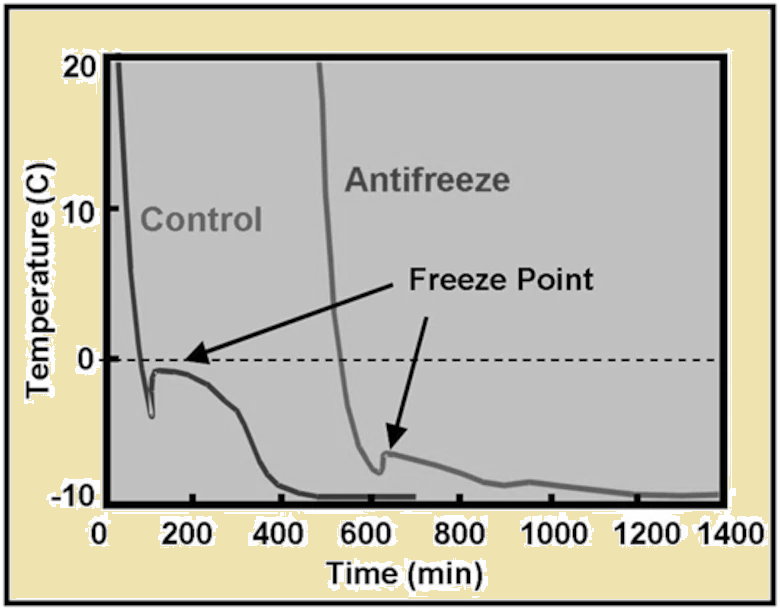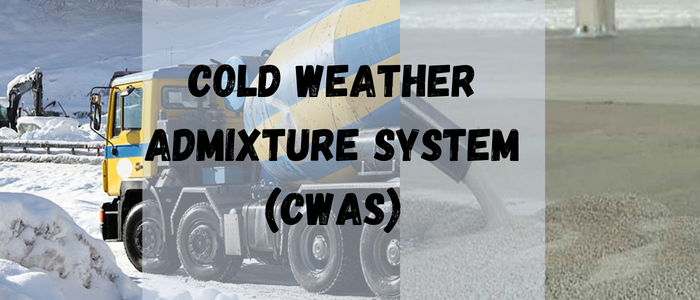Cold weather concreting
One of the most difficult issues that concrete professionals in cold places like North America and other cold areas must deal with is cold weather concreting.
Cold weather concreting refers to doing the construction activities in cold weather. These construction activities include placement, finishing, curing, and protection of concrete.
How practitioners deal with cold weather concrete?
Issues of cold weather concreting
In this cold weather, concrete suffers from multiple issues:
In this scenario, concrete freezes and doesn’t set correctly; it loses up to 50% of its strength, and of course, its permeability increases noticeably.
In addition, when water freezes, the volume of the water inside the pores of the concrete increases by 9%. The internal forces imposed on by this volume increase on the cement paste produce a considerable loss in the concrete’s compressive strength, which can go as low as 70%.
How to save concrete in cold weather?
The main point when dealing with cold weather concreting is to prevent concrete from freezing since it causes significant problems for concrete.
Thus, preventing concrete from freezing at an early age can promote proper strength development and lessen the chance of thermal cracking.
A common method to do this is to heat the components used in concrete mix such as the water and aggregate, before mixing. Also, contractors set up enclosure a around the areas of construction and casting. This enclosure is then heated to keep the outside temperature suitable for concrete to harden. In addition, some protective insulations are employed to keep the inside temperature of concrete that comes from the hydration process.
Problem with the previous procedure is that they take more time and extra money due to the consumption of significant energy in the heating process. Also, trained labor is required for working in such enclosures. In addition, enclosures gets impractical in some cases such as pavements because of their long length.
In 2011, the costs associated with the heating of materials and enclosure were estimated as $1 billion per year
Cold Weather Admixture System (CWAS)
To alleviate the costs associated with enclosures, motivation existed to discover other solutions for the cold-weathering concreting that does not involve the use of enclosures and insulators.
Solutions that use new materials and admixtures in concrete mixtures to overcome such severe conditions.
Here comes the role of cold weather admixture system (CWAS).
Cold weather admixture system (CWAS) includes chemical admixtures that target the reduction of the freezing point of water in concrete; so, instead of water freezing at zero degree, it freezes at a way lower point. Also, CWAS accelerates the setting of cement which provides concrete with high and rapid early strength development.
CWAS contains antifreeze admixtures and accelerators
The CWAS offer a novel method for casting concrete in cold weather without the need for enclosures or artificial heating since they allow concrete to be poured and cured at below-freezing temperatures without weakening and deteriorating due to ice formation. CWAS is an energy-efficient alternative option since it can save more than 50% of the cost associated with placing ordinary concrete at low temperatures.
In conclusion, chemical substances known as cold weather admixture systems are added to cementitious materials to lower the freezing point of the mixing water and speed up hydration processes. This definition states that the antifreeze admixture must accomplish two goals:
- depressing the freezing point of the pore solution
- accelerating the setting time and strength gain of concrete at low temperatures, as compared to a control specimen at the lowest acceptable temperature without protection.

Water reducers are frequently added to CWAS to lower the water content without compromising the required workability and to lessen the amount of antifreeze needed because there is less water available to freeze.
Groups of Cold Weather Admixture System (CWAS)
Since chloride admixtures usually cause corrosion problems, CWAS that were based on chlorides were prevented.
Nowadays, there are multiple chemical basis for the CWAS that are non-chloride based such as potash, calcium nitrite, calcium nitrate, sodium nitrate, urea, and combination between them.
Three groups of antifreeze admixtures have been defined:
Primary, which contain only a freeze depressant; they are weak electrolytes (e.g., solution of
ammonia) and non-electrolytes (e.g., alcohols and carbamide);
Binary and ternary, which contain a combination of freezing depressants and hydration
accelerators (e.g., calcium chloride, sodium chloride, sodium nitrite); and
Other, which contain water reducers and superplasticizers (e.g., sulfonated naphthalene
formaldehyde, sulfonated melamine formaldehyde)
Characteristics of Good Cold Weather Admixture System (CWAS)
In addition to previously mentioned points, the A good antifreeze admixture system should also meet some other requirements, such as:
- Maintaining the workability,
- Achieving a reasonable setting time,
- Not reducing the strength at normal temperatures,
- Not reducing the freeze-thaw durability,
- Not promoting the silica aggregate nor the corrosion reactions,
- Being cost effective.
Read Also: COLD WEATHER CONCRETING: DEFINITION, ISSUES, AND PRECAUTIONS
